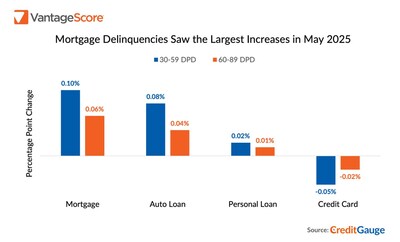Financial equality has come a long way in the United States — just over 50 years ago, women couldn’t take out a loan unless they cosigned with a man. But despite the progress, women still earn about 85 percent of what men earn, according to analysis by the Pew Research Center.
This gender pay gap can make it harder for women to repay debt as quickly as their male counterparts. This is especially true of student loans, where women tend to borrow more than men. To fully understand how gender affects borrowing for women, it helps to look back at some key milestones in the history of women, money and credit.
Until the mid-1800s, a woman couldn’t own real estate unless she was single. When a woman got married, she lost the right to acquire property, and her husband gained control of any property she previously owned.
In 1848, New York passed the Married Women’s Property Act, which allowed married women to own property. Most states had adopted similar versions of this law by 1900.
Impact on women using loan products
The right to own property offered a path to financial independence and wealth-building for married women.
However, the law didn’t give women access to lending or banking products. It would take several more decades before women could gain fair access to loan products.
American women gained legal access to banking products in the 1960s. However, many banking institutions still wouldn’t let women open a checking account, get a credit card or apply for a loan or mortgage without a male cosigner.
Impact on women using loan products
While this era marked the start of women being able to build credit under their own names, many banks continued to discriminate against them or require a man’s involvement. Women may have had the legal right to access loan products, but lenders largely prevented them from meaningfully participating in the market.
The Equal Pay Act of 1963 prohibited employers from paying men and women differently for comparable work. This law coincided with women gaining access to bank accounts for the first time.
Impact on women using loan products
Since income is a key metric used by lenders in credit decisions, a lower wage results in borrowing power. The Equal Pay Act paved the way for more loan options for women, since they were able to earn comparable wages to their male counterparts.
However, gendered wage differences persisted despite the new law — and still continue today.
The Equal Rights Amendment (ERA) was approved by Congress in 1972 to formally recognize “equality of rights under the law” for men and women at the federal level. The goal of the amendment was to eliminate disparities in how the law treated women and men on various issues, including property and employment.





